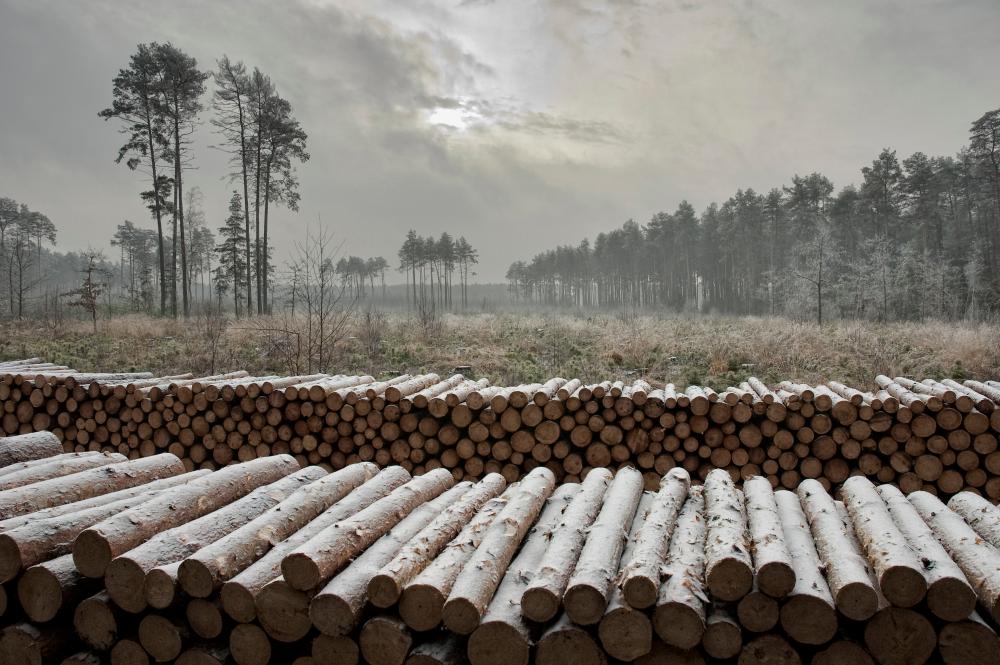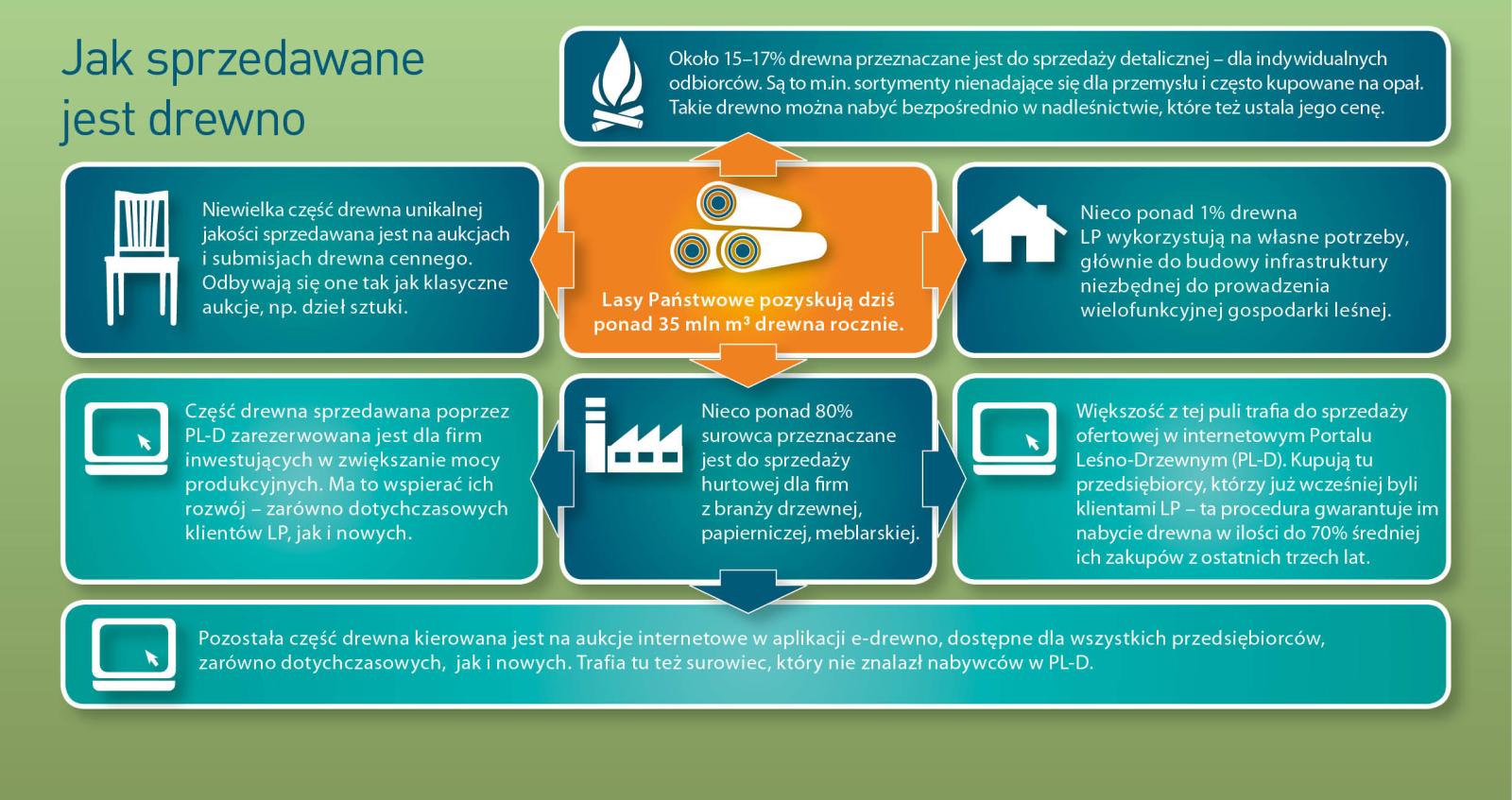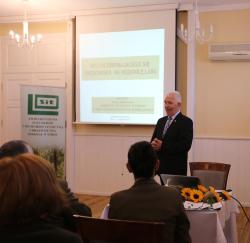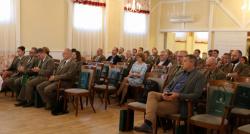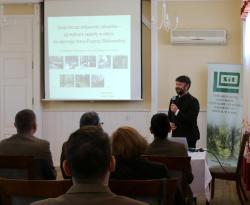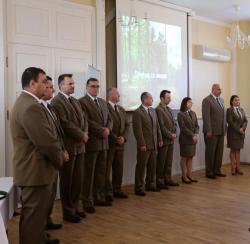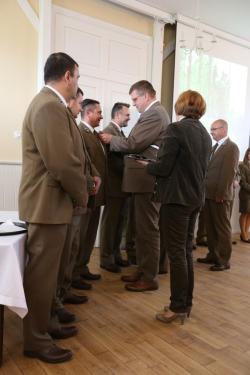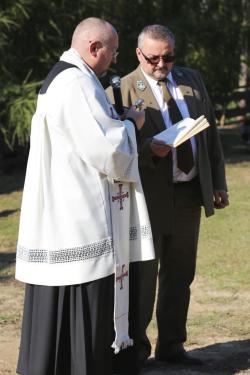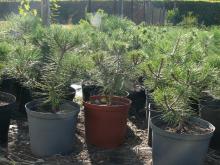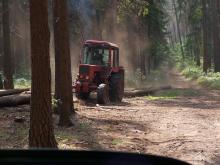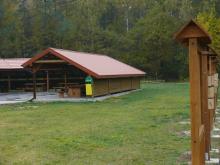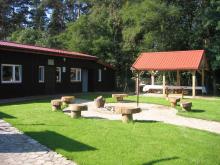 Asset Publisher
Asset Publisher
Sale conditions
Sale conditions of wood are specified by the regulation of Director – General of the Sate Forests.
Within the framework of the individual sale , the foresters try to meet the fast growing demand, because more and more people use wood in order to heat their houses. Contrary to general opinion, these are not only village people, even though they prevail among recipients. The growth of firewood demand is the result of occurrence of new housing estates built in the suburbs of large agglomerations, where houses are usually equipped in fireplace heating installations.
Firewood is not only the most ecological heat source, but also is much more attractive in respect of relation of price and electric efficiency, rather than cola, oil, gas or electric power.
In recent years, the Sate Forests increased the sale of firewood of one third – up to over 4 million cubic meters annually. Firewood is not only the most ecological heat source, but also is much more attractive in respect of relation of price and electric efficiency, rather than cola, oil, gas or electric power. Some of customers choose already prepared and cut into pieces wood, the others very willingly obtain it by themselves after arranging all details and fulfilling particular safety conditions, and after paying the fee; that concerns mainly so called "thinnings". Such a raw material is very cheap, that is why many people from village areas profit from such possibility.
 Asset Publisher
Asset Publisher
Sesja Naukowo - Techniczna SITLiD
Sesja Naukowo - Techniczna SITLiD
"Kierunki rozwoju leśnictwa po 100 latach odzyskania przez Polskę niepodległości" były tematem konferencji która odbyła się w dniu 12 października 2018 roku w Ośrodkun Rekreacyjno - Szkoleniowym w Cierszewie/k Płocka.
Uczestnikom konferencji swoje referaty przedstawili:
„Proekologiczne zmiany hodowli lasu jako elementu leśnictwa ekosystemowego” - dr inż. Janusz Szmyt - Kierownik Zakładu Techniki Hodowli Lasu – Uniwersytet Przyrodniczy w Poznaniu,
„Wpływ zmieniającego się środowiska na hodowlę lasu”- dr inż. Jan Ceitel – Zakład Techniki Hodowli Lasu – UP w Poznaniu,
"Gospodarcza aktywność człowieka – jej wybrane aspekty w relacji do obecnego stanu Puszczy Białowieskiej” Czy działalność człowieka czyni Puszczę Białowieską „sztuczną”(?). - Marek Ksepko - Zastępca Dyrektora Biura Urządzania Lasu i Geodezji Leśnej Oddział w Białymstoku,
„Nadleśnictwo Płock dawniej i dziś”- Marek Włoczkowski – Zastępca Nadleśniczego Nadleśnictwa Płock, Przewodniczący Koła Zakładowego SITLiD.
Po wręczeniu odznaczeń oraz dyskusji wszyscy uczestnicy udali się do Leśnictwa Sikórz, gdzie posadzona została aleja lipowa, w setną rocznicę odzyskania niepodległości przez Polskę.


